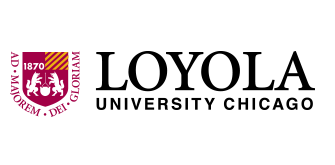Major
Environmental Science
Anticipated Graduation Year
2025
Access Type
Open Access
Abstract
Milwaukee is recognized as one of the most racially segregated cities in the United States, which has been reinforced by a history of systemic exclusionary policies and practices like urban renewal projects and redlining. This segregation has influenced the distribution of urban amenities which play a crucial role in shaping residents quality of life. This research investigates the distribution of urban amenities (institutional, commercial, and recreational) and their intersection with racial demographics in Milwaukee, Wisconsin by comparing maps from 1950 and 2020. The anticipated findings will inform actionable policy recommendations aimed at fostering a more equitable distribution of urban resources.
Faculty Mentors & Instructors
Dr. Marlene Brito-Millán, Assistant Professor, SES
Creative Commons License

This work is licensed under a Creative Commons Attribution-Noncommercial-No Derivative Works 3.0 License.
The Geography of Inequality: Investigating Racial Disparities in Milwaukee’s Urban Amenities
Milwaukee is recognized as one of the most racially segregated cities in the United States, which has been reinforced by a history of systemic exclusionary policies and practices like urban renewal projects and redlining. This segregation has influenced the distribution of urban amenities which play a crucial role in shaping residents quality of life. This research investigates the distribution of urban amenities (institutional, commercial, and recreational) and their intersection with racial demographics in Milwaukee, Wisconsin by comparing maps from 1950 and 2020. The anticipated findings will inform actionable policy recommendations aimed at fostering a more equitable distribution of urban resources.


